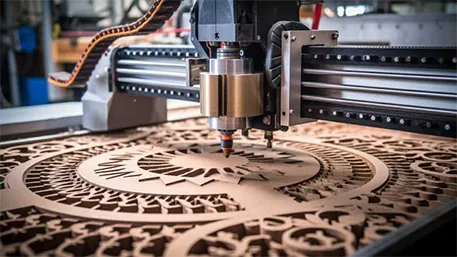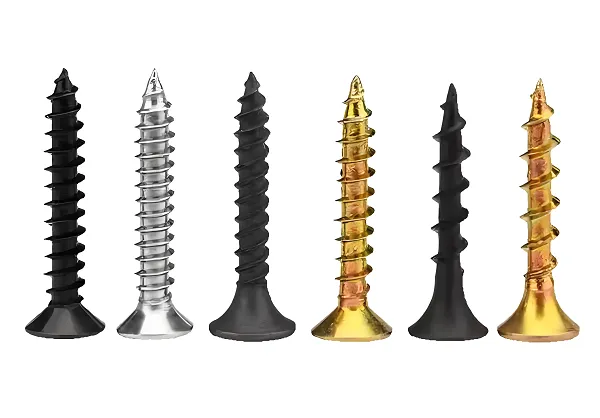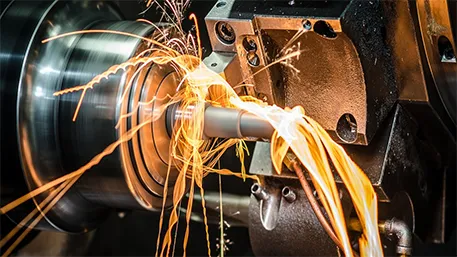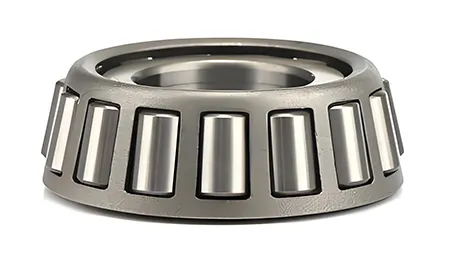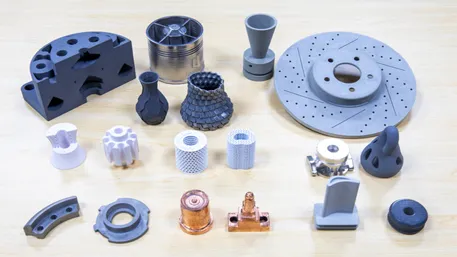CNC wood carving is a computer-controlled manufacturing process that uses pre-programmed software to automate the carving, engraving, or shaping of wood. It employs CNC (Computer Numerical Control) machines equipped with specialized cutting tools to transform digital designs into physical wooden artifacts. Unlike traditional hand carving, which relies on manual skill and effort, CNC wood carving ensures precise replication of intricate patterns, consistent results across multiple pieces, and the ability to execute complex designs with minimal human intervention. This technology bridges traditional woodworking craftsmanship with modern automation, making it ideal for both functional and decorative wood products, from furniture components to artistic sculptures.
Detailed Analysis of CNC Wood Carving
1. Core Technologies
CNC wood carving relies on several key technologies to achieve precision and efficiency:
- CAD/CAM Software: Computer-Aided Design (CAD) software is used to create 2D or 3D digital models of the desired carving, whether it’s a floral pattern, a relief sculpture, or a geometric design. Computer-Aided Manufacturing (CAM) software then converts these models into machine-readable G-code, which dictates the tool’s path, speed, and depth of cut.
- CNC Machine Configuration: Wood-specific CNC machines often feature a spindle optimized for woodworking (typically 8,000–24,000 RPM) and a bed designed to secure wooden workpieces. They may include 3-axis (X, Y, Z) or 5-axis systems, with 5-axis machines enabling more complex 3D carvings by rotating the workpiece or tool.
- Cutting Tools: Carbide-tipped or high-speed steel tools are used, such as ball-nose bits (for curved surfaces), V-bits (for fine lines and engravings), and flat-end mills (for rough shaping). The tool selection depends on the wood type and design complexity—softer woods like pine use smaller, sharper bits, while hardwoods like oak require more durable tools.
- Dust Collection Systems: Wood carving generates significant dust, so integrated vacuum systems or dust hoods are critical to maintain machine performance, protect operators, and preserve the clarity of the work area.
2. Manufacturing Process
The CNC wood carving workflow follows these structured steps:
- Design Creation: Artists or designers use CAD software (e.g., Fusion 360, VCarve Pro) to draft the carving design. For 3D carvings, detailed models with depth maps (indicating where the tool should cut deeper) are created.
- Toolpath Programming: CAM software analyzes the CAD file to generate toolpaths, setting parameters like cutting speed (500–3,000 mm/min), spindle speed, and pass depth (typically 0.5–3 mm per pass for wood). The software avoids overlapping paths to prevent over-cutting and ensures smooth transitions between design elements.
- Workpiece Preparation: The wood is cut to size and secured to the CNC bed using clamps, screws, or double-sided tape. Softwoods or thin pieces may require a backing board (e.g., MDF) to prevent warping during carving.
- Carving Execution: The CNC machine reads the G-code and begins carving, moving the tool along the programmed path. For 3D carvings, the Z-axis adjusts dynamically to create varying depths, while 2D engravings focus on surface-level patterns.
- Finishing: Post-carving steps include sanding rough edges, removing dust, and applying finishes like stain, paint, or varnish to enhance the wood’s natural grain and protect the carving.
3. Materials Used
CNC wood carving works with a variety of wood types, each offering unique characteristics:
- Softwoods: Pine, cedar, and fir are easy to carve due to their low density, making them suitable for decorative items, signage, or prototyping. They have a lighter color and visible grain.
- Hardwoods: Oak, maple, walnut, and cherry are denser and more durable, ideal for furniture, high-end sculptures, or functional parts. Their tight grain produces smooth finishes but requires sharper tools and slower cutting speeds.
- Engineered Woods: Plywood, MDF (Medium-Density Fiberboard), and particleboard are cost-effective alternatives, often used for mass-produced items like cabinet doors or craft kits. MDF, in particular, carves cleanly without splintering.
- Exotic Woods: Teak, mahogany, or rosewood, valued for their unique grain patterns and durability, are used for luxury items like musical instruments or custom furniture, though they require specialized tooling due to their hardness.
4. Types of Products Produced
CNC wood carving is versatile enough to create diverse wooden products:
- Decorative Art: Wall panels with relief carvings, statues, and framed art featuring intricate patterns (e.g., floral motifs, historical scenes).
- Furniture Components: Chair legs with carved details, table tops with inlays, and cabinet doors with decorative panels.
- Signage & Branding: Wooden business signs with engraved logos, directional signs for parks or museums, and personalized plaques.
- Crafts & Hobbies: Puzzle pieces, model kits, and custom wooden toys with precise interlocking parts.
- Architectural Elements: Crown moldings, door transoms, and fireplace surrounds with ornate carvings that complement interior designs.
5. Key Applications & Industries
CNC wood carving serves numerous sectors:
- Furniture Manufacturing: Producing custom or mass-produced furniture with consistent carved details, reducing reliance on skilled hand carvers and lowering production time.
- Interior Design: Creating bespoke wooden elements for homes, hotels, or restaurants, such as carved wall art, ceiling medallions, or room dividers.
- Advertising & Retail: Crafting branded wooden displays, product stands, or promotional items (e.g., engraved wooden boxes) that blend aesthetics with functionality.
- Art & Crafts: Enabling artists to scale their designs—for example, replicating a hand-carved prototype into multiple identical pieces for sale.
- Heritage Restoration: Recreating intricate wooden parts for historical buildings or antique furniture, where matching original carvings is critical.
6. Common Scenarios & Advantages
CNC wood carving is particularly beneficial in scenarios such as:
- Complex Repetition: Producing multiple identical carvings (e.g., 50 identical chair back designs for a restaurant) with uniform quality, which is challenging to achieve manually.
- Intricate Patterns: Executing detailed designs with fine lines (e.g., lace-like wooden screens or miniature 3D sculptures) that would take hours of hand carving.
- Cost-Effective Customization: Offering personalized items (e.g., engraved wooden wedding gifts with names and dates) at a lower cost than handcrafted alternatives, especially for small batches.
- Design Flexibility: Rapidly iterating designs—artists can tweak CAD files and re-carve prototypes in hours, accelerating the creative process.
Limitations include the inability to replicate the organic, irregular texture of hand carving, higher initial setup costs for machinery, and potential splintering in low-quality or knotty wood. However, these are offset by the technology’s precision, speed, and scalability.
In summary, CNC wood carving merges traditional woodworking artistry with digital precision, making it a vital tool in modern woodworking. Its ability to balance complexity, consistency, and efficiency ensures its relevance in industries ranging from furniture making to fine art.


